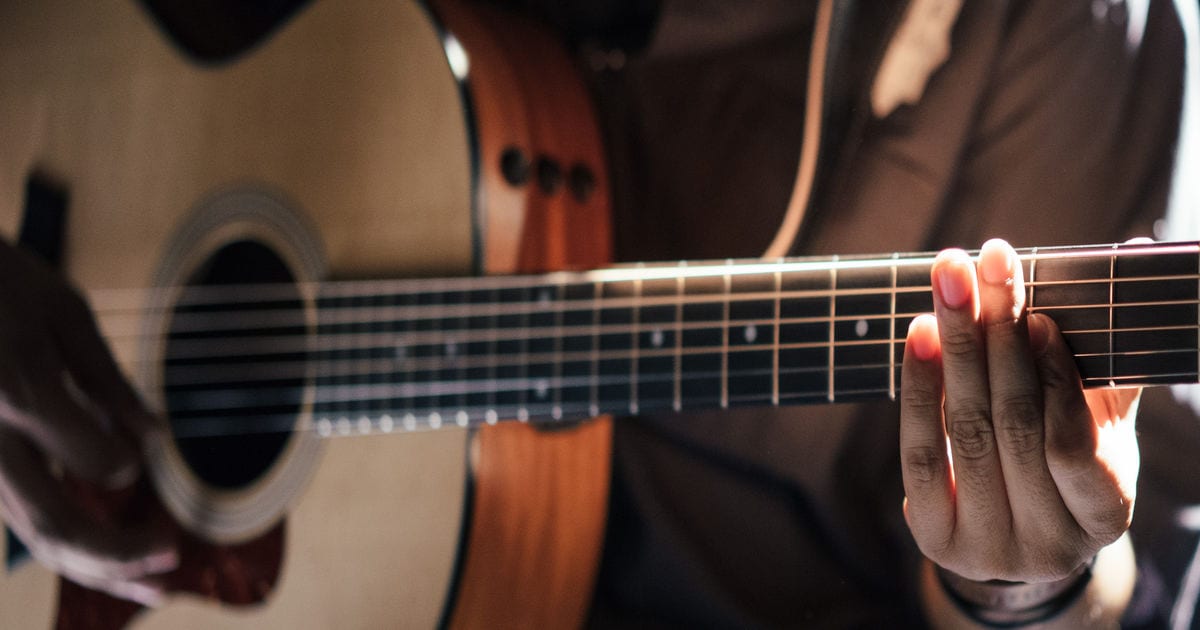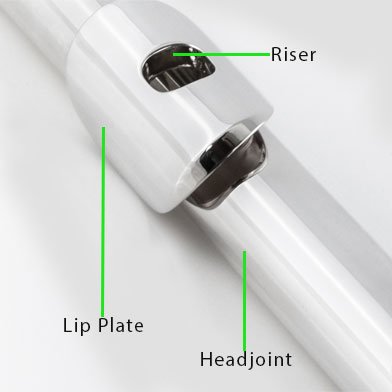
The trumpet is a popular brass instrument amongst children and adults. Brass instruments form one of the main sections of an orchestra alongside strings, woodwind and percussion. The trumpet is probably the most learned brass instrument due to it’s availability and size for anyone to learn. The cornet is very similar to the trumpet – it is just shorter in length although it sounds the same as the trumpet as the tubing is the same length.
In an orchestra the trumpet is more likely to have the main tune as opposed to other brass instruments that are lower in pitch and will often form part of the bass line due to their lower sounds.
There are different types of trumpet but the most standard is a Bb trumpet with three valves.
Brass players often switch between different brass instruments, and brass teachers will specialise but overall be able to teach a range of brass. The principal of playing any brass instrument is broadly the same. Brass instruments will have a mouthpiece that the player blows through to create the sound. There are many different mouthpieces, but a standard student brass instrument will come with an appropriate mouthpiece for the instrument. As with woodwind, a lot of focus in the first lessons will be on the embouchure and the sound created. The embouchure is the correct positioning of the mouth to blow the instrument. Without this and the proper technique for breathing a student is less likely to make good progress. A good teacher will focus on the embouchure and breathing throughout all the learning journey of a student. You can never practice enough, and different notes will require different positioning of the mouth and different types of music will require different techniques for blowing the instrument and breathing.
The trumpet has a long history and can be traced back to 1500BC. A form of trumpet was found in Tutankhamen’s tomb in Egypt. Early trumpets have even been found made of silver or metal which is quite astounding. Traditionally the trumpet was used to be a form of entertainment but also as a sound to alert villagers of an important event.
A trumpet is a manufactured instrument and comprises six different sections that are machine made and assembled and partly hand assembled depending on the brand.
Trumpets range in price from cheap, often poorly made instruments to instruments costing several thousand pounds. A standard student trumpet will cost a few hundred pounds. As with all instruments, it really isn’t worth the money buying a sub-standard instrument as it will just hinder progress. There is a new plastic trumpet available which would be suitable for group tuition or a younger child who wants to try a trumpet without the expense of a proper brass instrument. These are great, but not a long-term solution. A typical student will have a decent student instrument which will see learning through for a few years, or to a certain standard, and then a better standard instrument will be required if the student is having lessons to a higher standard and wanting to progress to the next level. All trumpets should come with a case. These are often hard cases that protect the instrument while being transported. It is possible to also have a gig bag which is often a rucksack style bag which makes transport easier and lighter. However, it is not advisable that younger children have soft cases as trumpets case easily dent!
Overall, brass instruments are easy to look after. However, younger children can be very adept at dropping instruments, knocking instruments into doors and tables etc, and on a brass instrument they are exceptional at taking out the valves and then not putting them back properly which will disable the trumpet as a sound cannot be made if they are not in in the correct way! Trumpets should be kept clean, inside and out and the teacher will advise on this care. As with all instruments, they are valuable items and should be treated as such. Any dents should be addressed as they can affect the sound, and too many dents will seriously affect the value of your instrument.
To create the different sounds on a trumpet there are three valves. Between these three valves a trumpeter will learn all the notes in the full range of the trumpet which is up to three octaves (around 39 notes). It isn’t easy to get the very high notes and only a very good brass player will be able to reach these. You can also create micro tones on a brass instrument which adds to the notes available. A student will learn one note at a time and will quickly grasp the basic idea of how notes are created. It is then very important that a brass teacher teaches the student to listen closely to the note they are playing. The same fingering on the valves creates many different notes and the embouchure then becomes important as to what note is being played. With no valves pressed down there are seven different notes available!
There are different ways of blowing the trumpet which are more technical and will be learned as the student progresses. As with woodwind instruments, the player can create different sounds by tonguing in different ways. A brass player can also use a mute in the end of their instrument. The mute can have several uses – often used to literally mute (make quieter) the instrument, but they can also be used for different effects too.
There is a vast bank of uses for a trumpet and it can be a very satisfying instrument to learn as it covers so many genres of music. The military bands use a lot of brass and it is the trumpeters job to sound the fanfares traditionally. Orchestras rely on brass too to create a strong top layer of sound, alongside the top range of woodwind instruments. Brass is also heavily featured in jazz music and arguably the most famous jazz player would be Louis Armstrong.
If a student learns the trumpet, they will easily be able to move to other brass instruments if they want to. It is good to try other brass instruments to understand the different techniques required and to engage in the whole world of brass.







